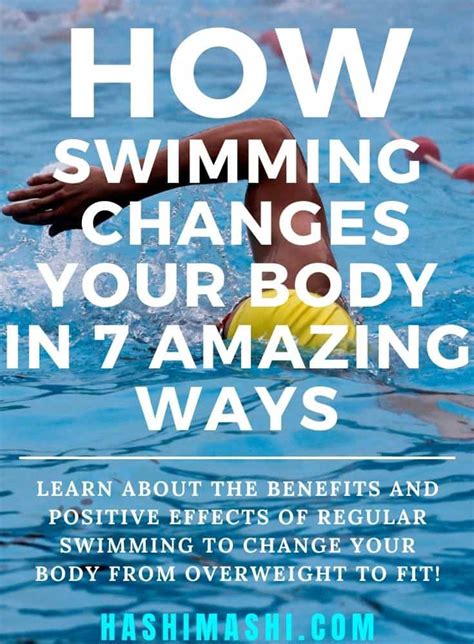Transform Your Body: Swimming Time Commitment
Swimming is a fantastic full-body workout, offering incredible cardiovascular benefits, muscle toning, and improved flexibility. But how much time do you really need to dedicate to swimming to see results? The answer, like many fitness questions, isn't a simple one-size-fits-all. It depends on your goals, current fitness level, and training style. This article explores the time commitment needed to transform your body through swimming, addressing common questions along the way.
How Often Should I Swim to See Results?
The frequency of your swims is crucial. For beginners, aiming for 2-3 sessions per week is a great starting point. This allows your body to adapt to the workout without risking overtraining or injury. As your fitness improves, you can gradually increase the frequency to 3-4, or even 5 sessions per week, depending on your goals and recovery capacity. Remember, rest is just as important as exercise!
How Long Should Each Swimming Session Last?
The duration of each session is equally important. A good starting point for beginners is 30-45 minutes per session. This allows for a warm-up, some swimming intervals, and a cool-down. As you progress, you can gradually increase the duration to 60-90 minutes or more, depending on your goals and stamina. Focus on quality over quantity; intense, focused sessions are more effective than long, leisurely swims.
What Type of Swimming Should I Do?
Variety is key! Don't just stick to one stroke. Incorporating different strokes (freestyle, backstroke, breaststroke, butterfly) will work different muscle groups and prevent boredom. Interval training, which involves alternating between high-intensity bursts and periods of rest, is particularly effective for building strength and endurance. Consider incorporating drills to improve your technique and efficiency.
Can I See Results with Short, Frequent Swimming Sessions?
Yes, you absolutely can! While longer sessions offer more time for calorie burning and muscle engagement, shorter, more frequent swims can also be highly effective. Think of it like compound interest – consistent, shorter workouts add up over time. The key is maintaining intensity and focusing on proper technique.
Is Swimming Every Day Too Much?
Swimming every day might be too much, especially for beginners. Overtraining can lead to injuries, burnout, and hinder progress. Listen to your body; if you're feeling excessively sore or fatigued, take a rest day. Allow for proper muscle recovery to maximize gains.
How Long Until I See Results From Swimming?
The timeline for seeing results varies from person to person. Factors like initial fitness level, diet, and consistency all play a significant role. While you might notice improvements in your endurance and strength relatively quickly (within a few weeks), significant changes in body composition might take longer – several months of consistent training. Don't get discouraged; celebrate your progress along the way!
What About My Diet? Does It Matter?
Your diet is crucial for supporting your swimming goals. A balanced diet rich in protein, carbohydrates, and healthy fats is essential for muscle recovery and growth. Proper hydration is also vital, especially after intense swim sessions.
In conclusion, transforming your body through swimming requires a commitment of time and effort, but the rewards are well worth it. Start with a manageable schedule, gradually increase the intensity and duration of your sessions, and remember to listen to your body. With consistency and dedication, you'll be amazed at the results you achieve. Remember to consult with a physician or certified personal trainer before starting any new exercise program.

